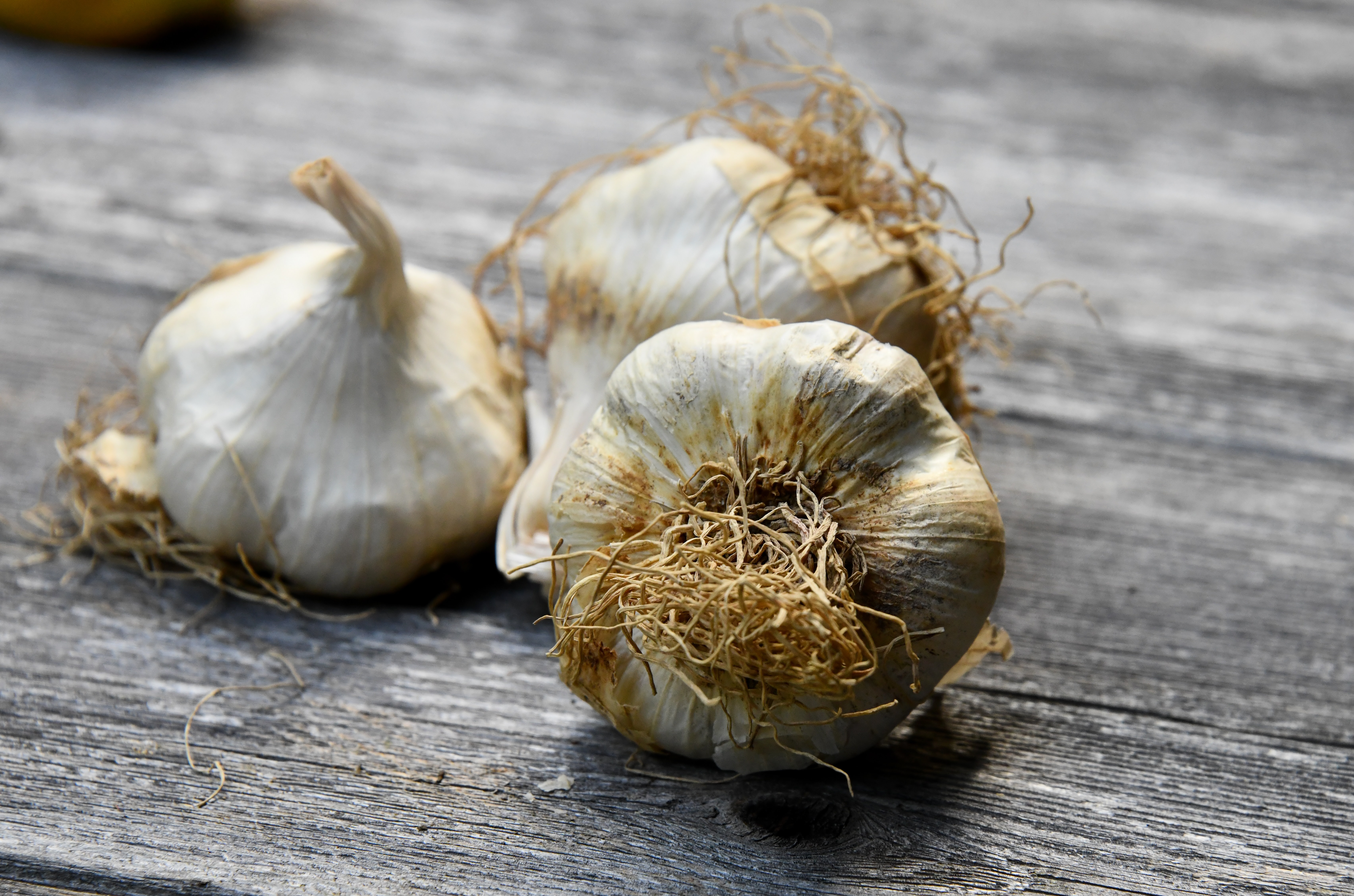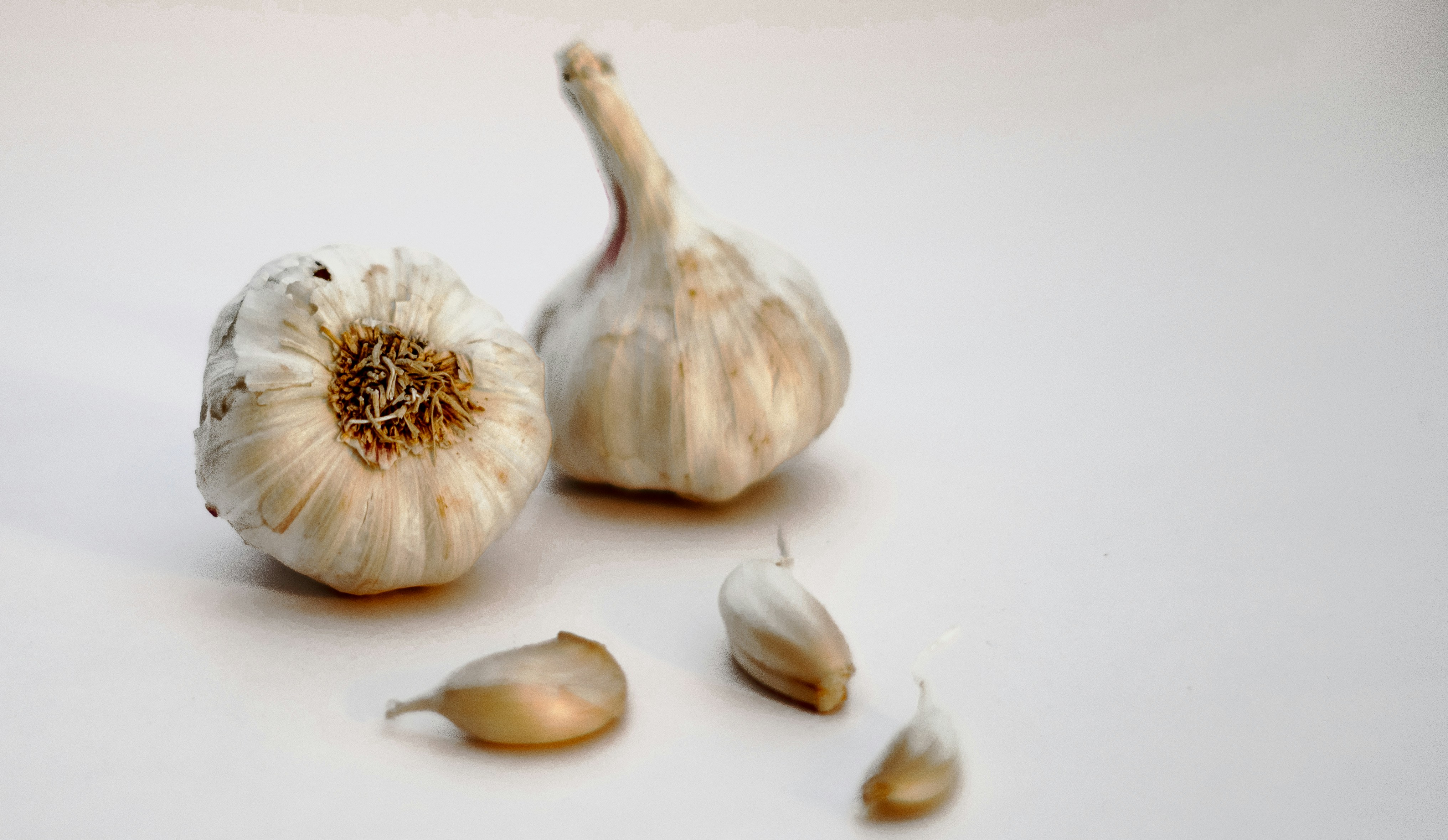Garlic, a cornerstone of cuisines worldwide, not only enriches our plates but also our gardens. Cultivating garlic from bulbs is a rewarding endeavor that invites a touch of the gourmet into the humble abode of backyard gardens. Whether you're a culinary aficionado or a gardening novice, this guide will walk you through the steps to grow your own garlic, ensuring a bounty of this aromatic staple.

Why Grow Garlic?
Before diving into the earth, let's appreciate the bulb at hand. Garlic (Allium sativum) is revered for its culinary uses and health benefits. From enhancing flavors in dishes to offering antibacterial and antiviral properties, it's a must-have in kitchens and medicine cabinets alike. By growing your own, you'll have access to fresher, more flavorful garlic than what you might find at the store. Plus, it's a surprisingly easy crop to grow, making it perfect for gardeners of all levels.
Choosing Your Garlic
Selecting the right variety is the first step in your garlic-growing journey. Garlic comes in two main types: softneck (Allium sativum var. sativum) and hardneck (Allium sativum var. ophioscorodon). Softneck varieties are known for their storability and the braids you often see, while hardneck types offer a wider range of flavors and produce edible scapes. Consider your climate and culinary preferences when choosing. In cooler regions, like Tasmania, Hardneck is is often preffered as it can tolerate harsh winters and actually requires a cold period to produce the best bulbs. This makes it an excellent choice for areas with cold winters, like Tasmania.
Tasmanian Purple Garlic
Tasmanian Purple is a hardneck variety cherished for its robust flavor and striking purple hue. It's well-suited to the cooler Tasmanian climate, producing large cloves that are easy to peel. This variety is known for its strong, pungent taste, making it a favorite among chefs and home cooks alike. Its bulbs are also highly decorative, adding a splash of color to any kitchen.
Dunganski
Dunganski is another hardneck variety that thrives in Tasmania's climate. It offers a balanced flavor that is both spicy and sweet, making it versatile for a wide range of culinary applications. Dunganski garlic is recognized for its large bulbs and the high yield of cloves it produces, making it an excellent choice for those looking to maximize their harvest. Its easy-to-peel cloves and long storage life further enhance its appeal to gardeners and cooks.varieties often perform exceptionally well.
Planting Garlic: Step by Step
1. Timing Is Everything
In our cooler climate, garlic is planted in autumn, allowing it to establish roots before the winter. In Tasmania, this means planting from March to May. The cool temperatures are crucial for vernalization, which triggers bulb development.
2. Soil Prep
Garlic thrives in well-drained, fertile soil with a neutral pH. Enrich your planting bed with compost or well-rotted manure to ensure your garlic has all it needs to grow. A sunny spot is essential for optimal growth.
3. Planting the Cloves
Separate your garlic bulbs into individual cloves just before planting. Make sure each clove has its papery skin intact. Plant cloves pointy-end up, about 2 inches deep and 6 inches apart, to give each plant room to grow.
4. Caring for Your Garlic
After planting, cover your bed with a generous layer of mulch to insulate the cloves over the winter. In spring, as the garlic begins to grow, you can start to pull back the mulch and begin watering the plants if the weather is dry. . Apply phosphorus and potassium before planting, with Neurog's Seamungus nitrogen applied at planting and as a side-dressing. Avoid late nitrogen applications to prevent soft bulbs.
Garlic is ready to harvest when the lower leaves start to brown. This typically happens in the summer, around December to January in Tasmania. Gently lift the bulbs with a fork, being careful not to bruise them. Dry your garlic in a well-ventilated area before storing.

Planting garlic from bulbs is a simple yet profoundly satisfying endeavour. It connects us to the cycle of growth and seasons, offering a sense of accomplishment and a deeper appreciation for the food on our plates. So, as you tuck those cloves into the ground, think of the meals they'll enhance and the health benefits they'll bring.
Happy planting!

